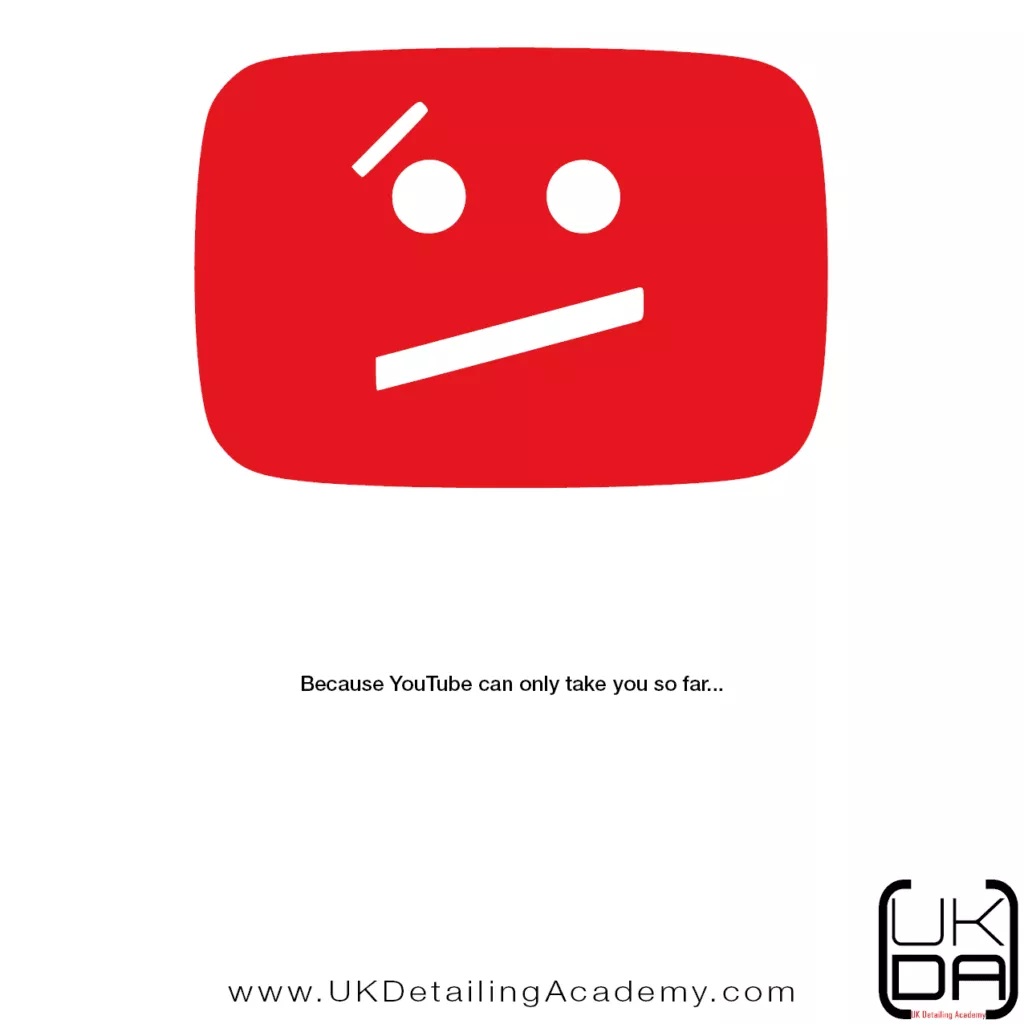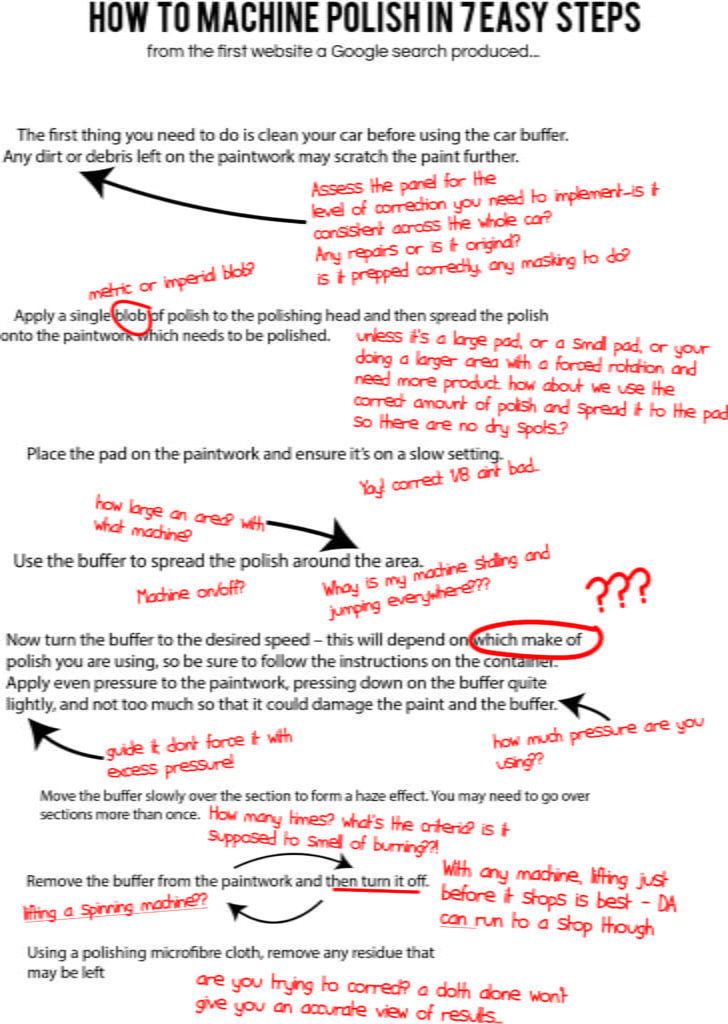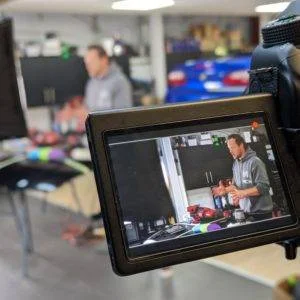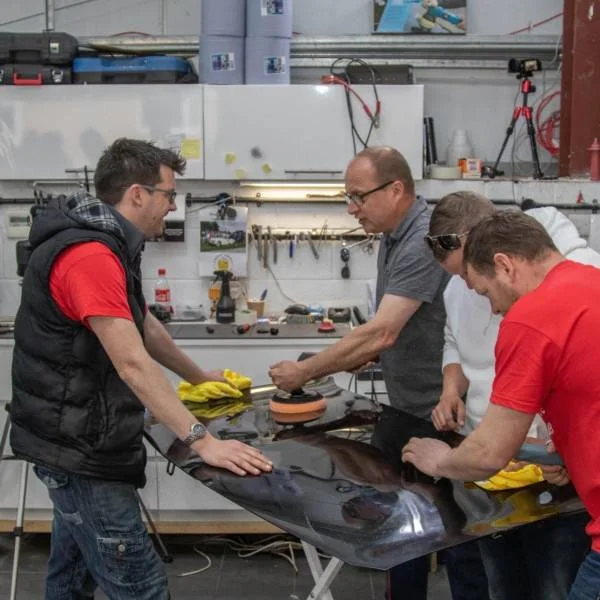
Why do we only train face to face…?
We get numerous requests for remote training every week, usually from people around the world who just can’t justify travelling to a different continent to receive our brand of tuition. It’s something we have considered, and we’d love to be able to help with it, but every time we do it comes back to the same issue – you just cannot remotely teach a physical skill as effectively as you can in person.
Whilst there were obvious downsides and difficulties with the first lockdown, it did afford me some great opportunities to train myself in some new skills, remotely. I work a lot with digital design programs such as Adobe, and managed to complete several distance learning courses with the power of the internet and video lessons, just by sitting in front of a computer and following an instructor along. You’d think this is an ideal opportunity, therefore, for any training place to bash out its entire syllabus to YouTube and monetize it. It’s money for old rope really, with a bit of time upfront for the series creation!

Now, this is not a dig at YouTube, or forum guides or anyone willing to assist over the phone – just the idea that they can somehow replicate physical training.
Yes, there is a lot of theory you can learn from videos, how-tos and online written guides up to a point. But there is a huge gap left when the skills are physical or require any amount of variation. No two cars have exactly the same issues, and we feel that for the best education you need to be taught in a much more interactive and general fashion, in order to equip you with the knowledge to deal with changing situations on the fly – when things go wrong.
Then there is technique – take machine polishing for an example. When starting out, using a machine polisher is a lot like playing the drums. There are multiple variables you need to balance out in order to get the results required and you have to adjust everything to work in harmony. I’ve lost count of the number of times in training I’ve casually lifted the back of a machine or tilted the head one way or the other, whilst a trainee is concentrating on their speed and movement to keep the pad flat on the panel – and by physical, repetitive correction, you notice they self adjust automatically after a few nudges. This is the type of interaction you can’t get from a video.
What if you need to ask a question – comment and hope for a response?
Something not working as described – Do you tell the customer you’re just waiting for someone to tell you what to do or try in order to finish their car?

That interactivity is crucial in a classroom session as trainers because everyone is different and everyone learns at a different pace. Some come in with an understanding of processes which may be relative to a previous career but fall over at points some may consider obvious.
Finally. There is a cost element to face-to-face training that makes it appealing to skip over with free videos, but it’s the difference between an upfront cost, vs the time (and money) savings you’ll make going forward which could be days in new skill development through to years with business development, not having to go through the trial and error and mistake education of going it alone. We’ve collectively been in this industry long enough and have had to make all the mistakes. You get to pass go, and get a heads up on free parking because you’ll already have this knowledge.
Do not misinterpret this as an attack on video learning. We’re by no means saying you cannot pick up tips and tricks from videos and get a gist of a skill. We’re by no means hypocrites…

We’ve done short tip videos and written many, many articles on key points, which we hope are helpful to aspiring detailers! But they don’t add up to a full understanding of a career detailer and are as much for entertainment and engagement as passing on tips and tricks. That’s why unless we find a way to train without you being here with us, letting us show you everything you need to know, that’s all we’re able to offer.
Nothing is ever going to trump interactive learning from experienced professionals when starting a new career. Showing you how to adapt every skill and what to do when things go wrong is just as, if not more important than the basic skill.
Know what’s gone wrong and you’re halfway to fixing it.

